Technological Transformation of Agriculture: A Study from Assam
Synopsis
One Major limitation of the Green Revolution has been its slow diffusin from the regions of its initial success to the rest of the country. For Instance, its High Yielding Variety seeds based new technology is yet to make substantial impact on the predominantly rice growing agriculture of Eastern India. In the state of Assam in this belt, a half of the State Domestic Product still originates in the primary sector. About 70% of the groes cropped area is under rice. Official statistics claim impressive growth of area under High Yielding Rice Varieties. But that growth does not seem to have led to any significant appreciation of productivity of the crop. With the fertilizer consumption rate only at one-tenth of national average, the yield rates of principal crops in the state continue to dip farther below the all-India ragtes. Against this bleak opverall picture, the field studies of the author reveal signs of progress and positive developments at the grass-root level. About 80% of sample farmers, irrespective of farm size and tenurial status, have adopted the High Yielding Varieties. In most cases though adoption has so far been partial and not fully effective. The unsuitability of the new varieties to low-lying and food prone areas partly explain the inability of the farmers to use them more extensively in the rainy Kharif season. But for the rest, effective utilization ofl the yield potentials of the new technology is constrained by the lack of adequate infrastructual support. With a farming community receptive to innovations, a technological transformation of agriculture in Assam can be turned into reality by suitable policy measures to fill the lacunae in rural infrastructure.
Read more
6.30
5.67
$
7.00 $
Free delivery Wolrdwidе in 10-18 days
Ships in 1-2 days from New Delhi
Membership for 1 Year $35.00
Get it now and save 10%
Get it now and save 10%
BECOME A MEMBER

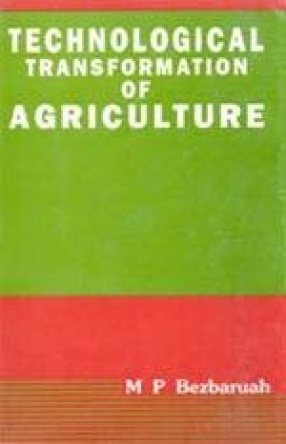


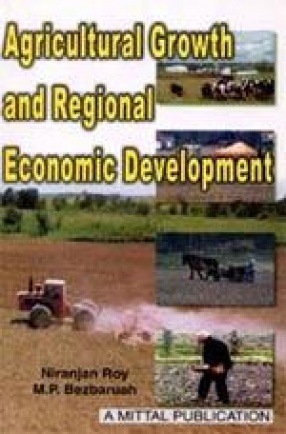

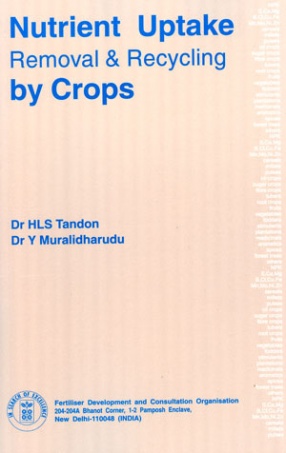
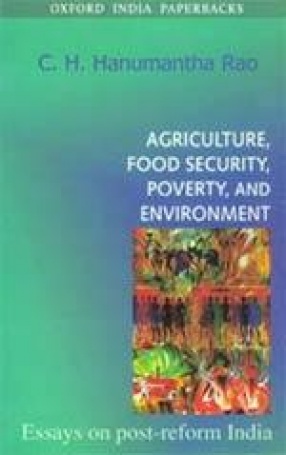

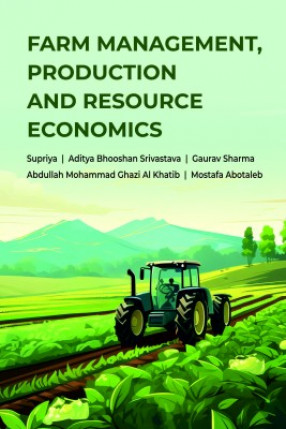

Bibliographic information